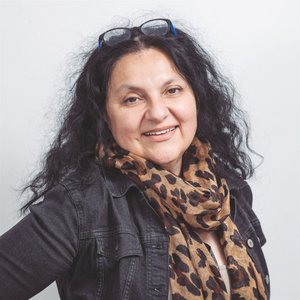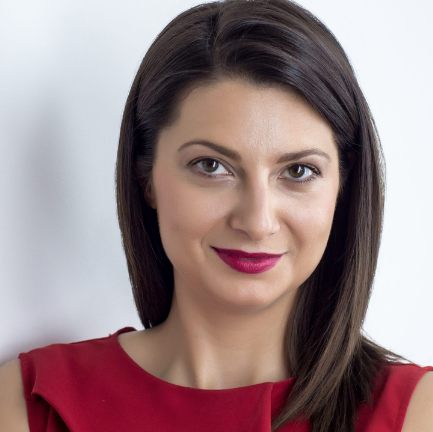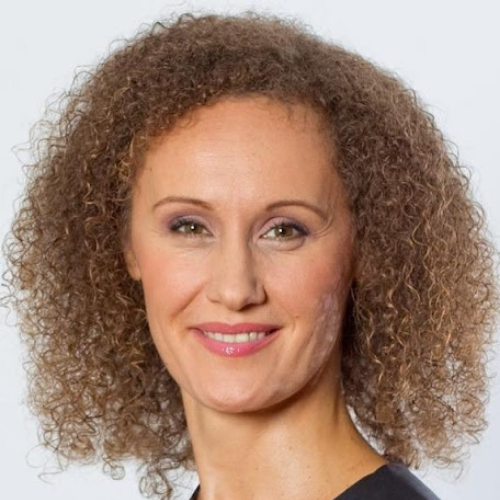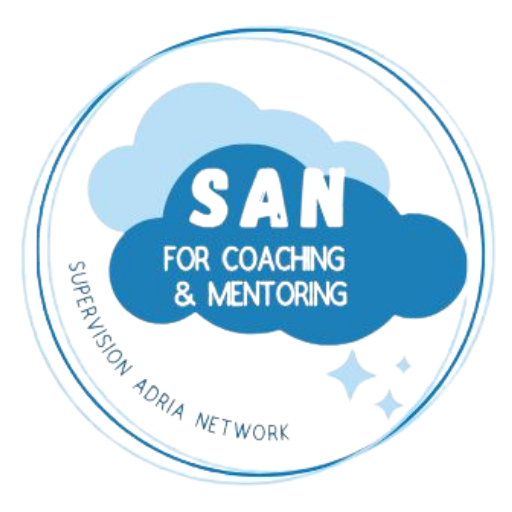Supervision for coaches
Find your SuperVision coach!
Support on your coaching journey!
WHAT IS SUPERVISION?
Discover a new perspective and learn! Take time for your development!
“Supervision is the interaction that occurs when a mentor or coach brings their coaching or mentoring work experiences to a supervisor in order to be supported and to engage in reflective dialogue and collaborative learning for the development and benefit of the mentor or coach, their clients and their organizations.”
EMCC 2018
Provides a fresh perspective
Attends to the quality of what we do and ensures a safe practice
Ensures the continuity of professional and personal development of coaches and mentors
Perfects our self-reflection and self-awareness, fostering our authenticity so we can support the self-awareness capacity in others
Expanding the exploration beyond the coach-supervisor relationship, it includes a systematic view of the relationships and interdependencies of different stakeholders in the process
is a place to re-source the coach, mentor, leader and supervisor (Turner and Palmer 2019)
Normative Aspect of Supervision
Involves clarifying responsibilities regarding clients and ethical issues. This will include monitoring boundaries, confidentiality and working within competency levels. Reviewing caseload to maintain fitness to practice and discussion on referral will also be important. It is essential to identify blind spots, vulnerabilities and prejudices in order to monitor the quality of coaching offered.
Formative Aspect of Supervision
Involves clarifying roles and responsibilities in working with clients as well as ethical issues. This includes maintaining the boundaries and confidentiality, as well as remaining within the personal area of competence and within the contracted coach-mentor relationship. A further topic can be the caseload and maintaining the fitness and the continuity of practice. It is also essential to identify blind spots, vulnerabilities, and prejudices to monitor the quality of coaching provided.
Restorative Aspect of Supervision
Includes our ability to self-reflect, self-observe and self-correct, building a habit of stepping back and regularly reflecting on your work and the relationships you build with your clients. This may involve sharing of experience, linking theory to practice, identifying transference and parallel processes, discovering further educational needs, and celebrating achievements. The aim is to develop self-awareness as an ability to observe and accurately identify our conscious and un-conscious processes (thoughts, feelings, wishes, needs, impulses, behaviours etc.). (Hawkins and Smith 2013)
WHY SUPERVISION?
With the maturing of coaching as a profession, the field is promoting professional development among coaches. Concise, tailor made and flexible. This is in line with the shift in the helping professions that emphasizes the importance of the reflective practitioner.
- of the coaches reported experiencing individual coaching supervision, 88%
- coaches have experienced group supervision. 65%
- 352 coaches have experienced both individual and group supervision outside of a training or certification program. 29%
- 137 coaches indicate they currently work with both an individual and group Coach Supervisor. 11%
- The most common timing of individual supervision sessions was monthly, 358 coaches selecting that option. 34%
- Almost as frequently selected was space for me to gain greater clarity, selected by 73% of the coaches. 73%
- with 65% each were developing my coaching skills (e.g. contracting, powerful questions) and I learn from my supervisor’s experience. 65%
- coaches were developed confidence in my coaching 52%
- working through a personal challenge 51%
WHO IS A SUPERVISOR?
Bluntly, a supervisor is a coach with a lot of coaching experience and an extra education. This education allows him to go a long way zooming out and supporting the supervisee with a wider perspective, especially because more players are involved in the process.
The 7 eyed model below is an excellent example of what a supervisor takes into account.
As one might notice during a session, a supervisor might use the same tools and techniques as a coach (having always a wider scope in mind, and noticing much more angles) and also use his experience and share it giving examples, ideas and inspiration.
YOUR SUPERVISORS

JASNA KNEZ

NENA VEBER

ZVJEZDANA DRAGOJEVIĆ

NEBOJŠA JOVANOVIĆ

VEDRANA JOSIPOVIĆ

TIHANA DRAGIČEVIĆ

SIMONA RAKUŠA

IRENA ANTOLIĆ

Adrijana Milosavljević
HOW TO MAKE THE MOST OF SUPERVISION?
Accept the challenge
Reward yourself.
Prepare for your supervision sessions by noting down any issues that arise in your coaching sessions and that’s keeping you busy
Be prepared to be present for the duration of the supervision session
Come prepared to share experiences, test different ideas, multiple perspectives and take ownership.
Increase your self-awareness by noticing your reactions, emotions and thoughts
Commit to making adjustments to your coaching practice as a result of insights and learning during supervision. Commit to regular supervision sessions with a qualified supervisor (individual, group or peer intervision sessions)
Keep a log of your coaching and supervision sessions and application of learning to practice.
Contact Us

FIND YOURS SUPERVISION COACH TODAY!
Social media
© San Supervision Ι Developed by IGNIS